The World Organization for Biological Diversity ranks mudskippers as one of the six strangest creatures on the planet because of their funny appearance, ability to live underwater, forage for food, dig burrows on land, and climb trees.
This fish lives in the wild, mainly in coastal alluvial plains. Its meat is firm, chewy and delicious, and can be processed into many dishes. Mudskippers are very cunning and agile in hiding. To exploit them, people in the alluvial plains have created many unique ways of catching them.
Mr. Nguyen Van Yen, in Cai Moi Hamlet, Dat Mui Commune, Ngoc Hien District, has been involved in catching mudskippers for more than 20 years. According to him, in the past, mudskippers were abundant in the alluvial plains, but few people processed this fish into food, so the price was quite cheap.
In recent years, especially since the mudskipper was recognized as the Dat Mui - Ca Mau mudskipper brand, this unique and strange fish has become famous far and wide, its economic value has skyrocketed, bringing in a large source of income for those who work as fish hunters.
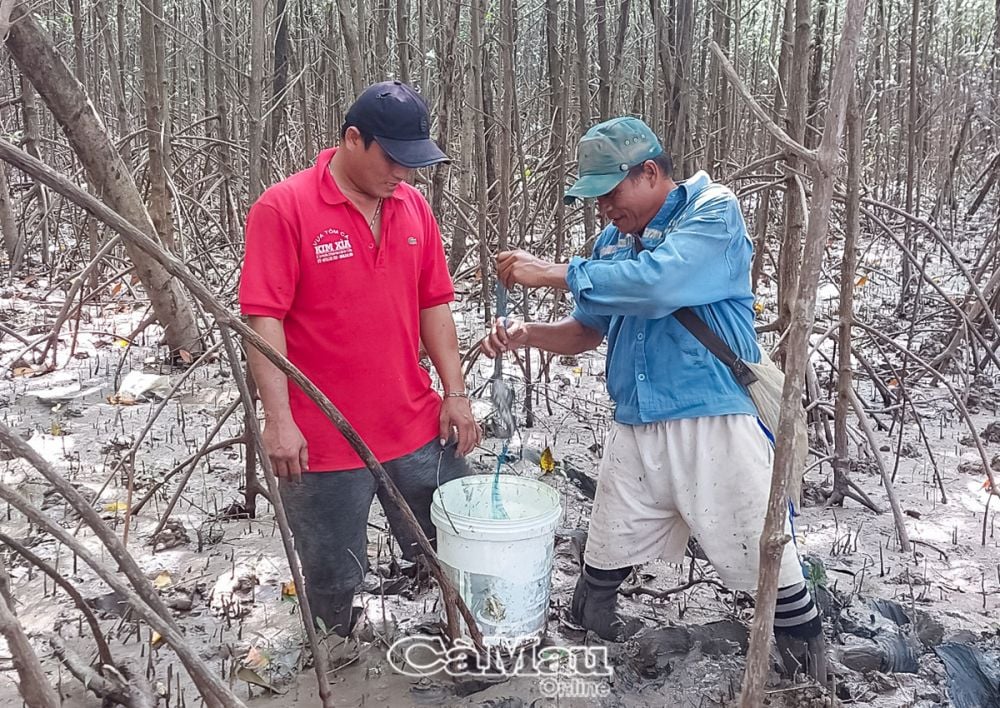
Mr. Nguyen Van Yen (right cover) and his son go into the forest to hunt mudskippers.
Mr. Yen said that there are many ways to catch fish, such as digging holes, fishing, but the most popular and effective is to set up a trap. Previously, the trap was made of coconut leaves woven together in a cone shape, but this tool was quite heavy, cumbersome, and difficult to move in the forest, so fish hunters researched and created a net trap. The net trap has a round mouth, surrounded by lead wire or flexible rubber tube, with a diameter of 25-30 cm, and a net length of about 70 cm. The net is also shaped like a cone, tied firmly at the top, making it easy for fish to get in but difficult to get out.
Every day, watching for low tide, Mr. Yen and his son run a sampan along the mangrove forests and alluvial plains to set up traps to catch fish. According to Mr. Yen's experience, when the tide is low, mudskippers make shelters on the alluvial plains or under the mangrove forests. Just press the traps tightly at the mouth of the cave, after about 15 minutes, the fish will come up to breathe or look for food and will easily fall into the trap.
With more than 200 traps, Mr. Yen and his son catch 5-7 kg of mudskippers every day, and sometimes nearly ten kilos of mudskippers. He sells the big fish to restaurants and tourist eateries, and the small fish to mudskipper farmers. The selling price depends on the size, ranging from 50,000 to 100,000 VND/kg, helping the family cover expenses.
Mudskippers breed all year round, but the peak is from February to June of the lunar calendar when the fish breed in large numbers, so hunting is most effective. Currently, mudskippers have become a famous specialty of the Dat Mui - Ca Mau region, processed into many delicious dishes such as braised in clay pots, sour soup with fermented rice, grilled with salt and chili, dried... The fish are not only consumed strongly locally but also exported to many provinces and cities across the country, even exported abroad through unofficial channels. In particular, visitors from far away all want to see and taste the delicious flavor of this unique and strange fish. Therefore, households doing the job do not worry about output.
Currently, the mudskipper symbol has been built in the Ca Mau Cape Tourist Area, attracting many tourists to take souvenir photos. To give tourists the opportunity to explore, witness and catch this fish, community ecotourism sites in the area have combined mudskipper hunting activities, attracting many tourists to participate.
Mr. Vo Cong Truong, Chairman of Dat Mui Commune People's Committee, said: "The mudskipper has economic value, bringing jobs and income to many households. However, the difficulty is that this fish species mainly reproduces in the wild, so the commune has stepped up propaganda to households that only exploit fish that reach the right size. In addition, in coordination with the District Department of Agriculture and Rural Development and aquaculture research institutes, we are looking for ways to test artificial reproduction of mudskippers to expand the model of fish farming in earthen ponds. Effective exploitation and conservation of this unique and strange fish species will help people develop a sustainable economy."
Source: https://danviet.vn/o-ca-mau-co-loai-ca-tinh-ranh-nhanh-nhen-khien-tho-san-phai-u-muu-nghi-muon-ke-moi-tom-co-duoc-20240801162005463.htm


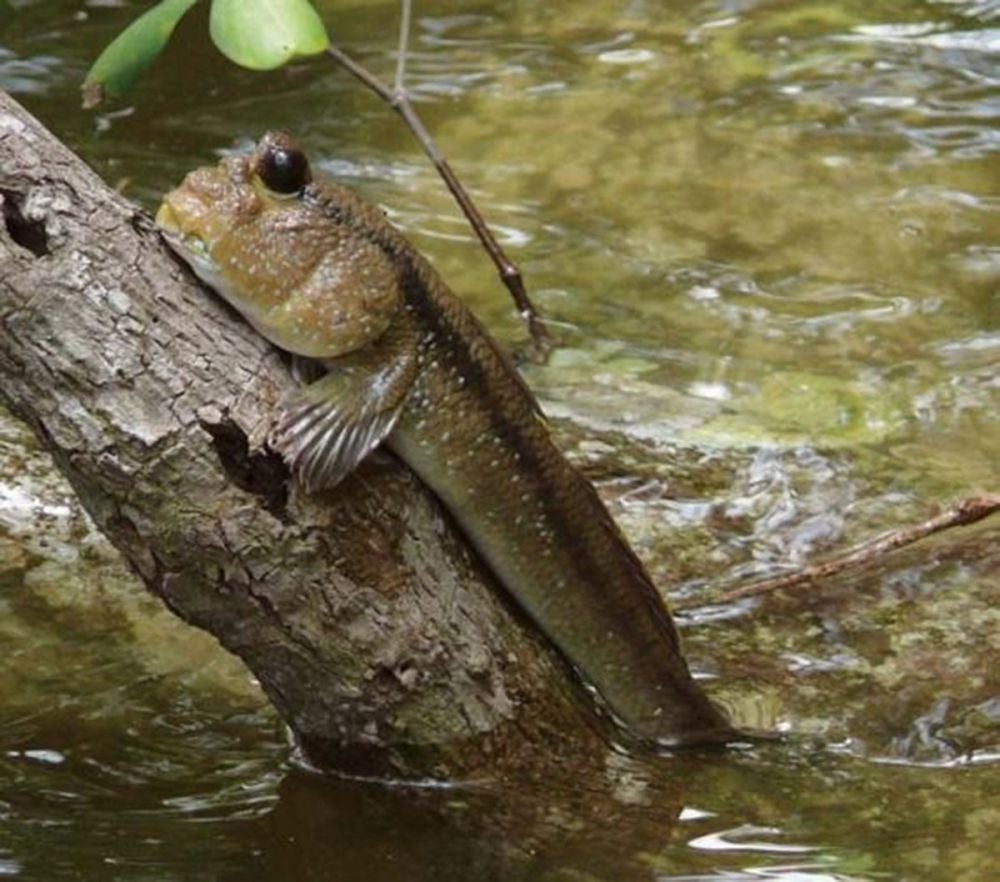
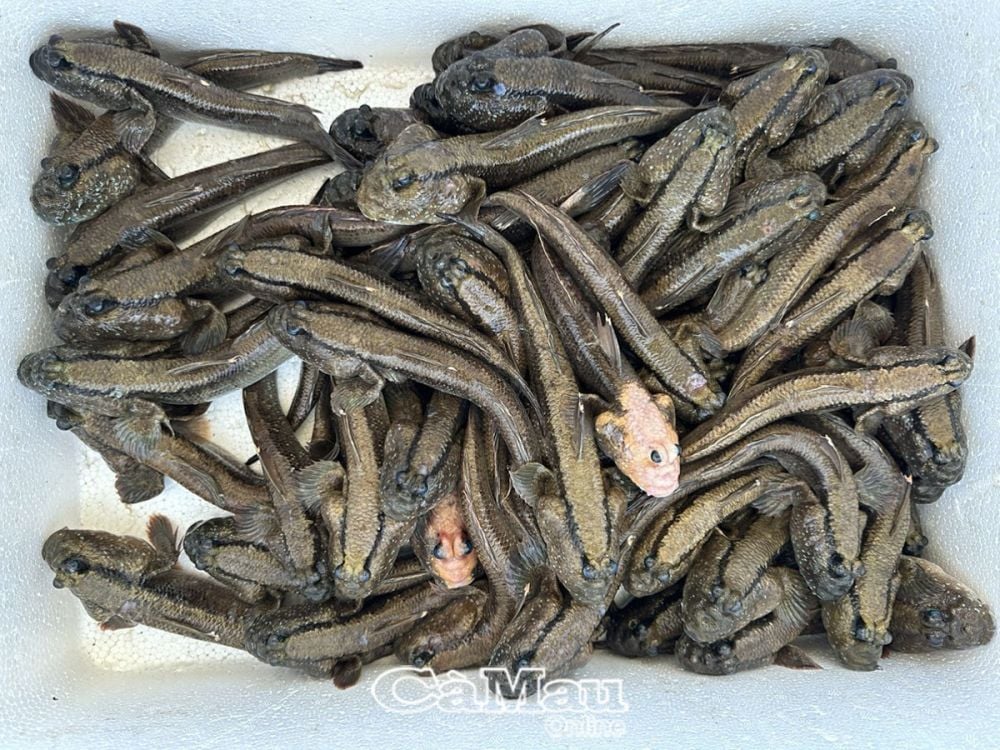
![[Photo] Close-up of Tang Long Bridge, Thu Duc City after repairing rutting](https://vphoto.vietnam.vn/thumb/1200x675/vietnam/resource/IMAGE/2025/5/19/086736d9d11f43198f5bd8d78df9bd41)

![[Photo] Panorama of the Opening Ceremony of the 43rd Nhan Dan Newspaper National Table Tennis Championship](https://vphoto.vietnam.vn/thumb/1200x675/vietnam/resource/IMAGE/2025/5/19/5e22950340b941309280448198bcf1d9)
![[Photo] General Secretary To Lam attends the conference to review 10 years of implementing Directive No. 05 of the Politburo and evaluate the results of implementing Regulation No. 09 of the Central Public Security Party Committee.](https://vphoto.vietnam.vn/thumb/1200x675/vietnam/resource/IMAGE/2025/5/19/2f44458c655a4403acd7929dbbfa5039)
![[Photo] President Luong Cuong presents the 40-year Party membership badge to Chief of the Office of the President Le Khanh Hai](https://vphoto.vietnam.vn/thumb/1200x675/vietnam/resource/IMAGE/2025/5/19/a22bc55dd7bf4a2ab7e3958d32282c15)
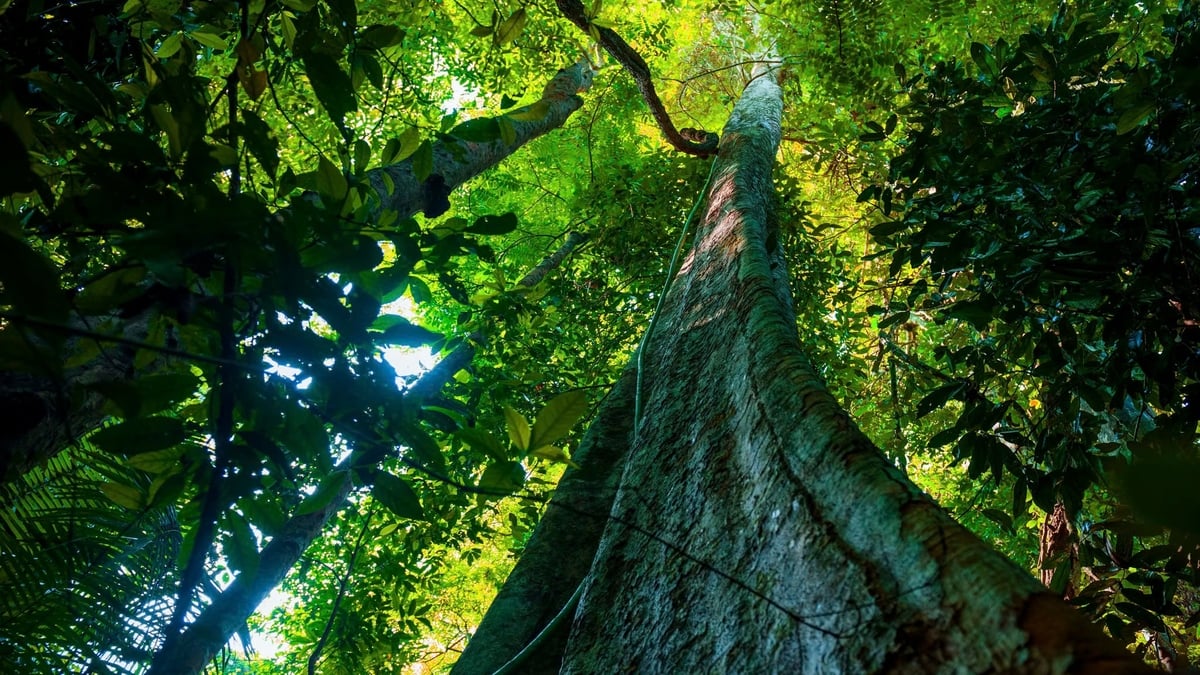
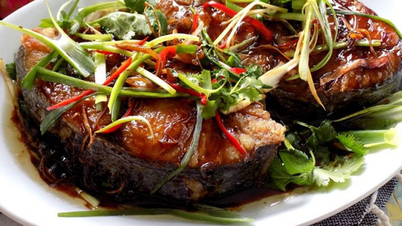

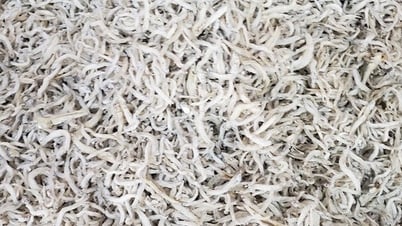

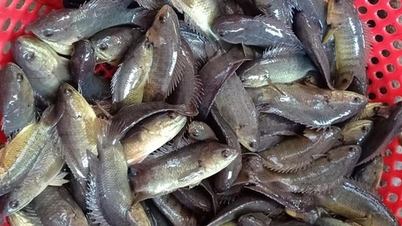


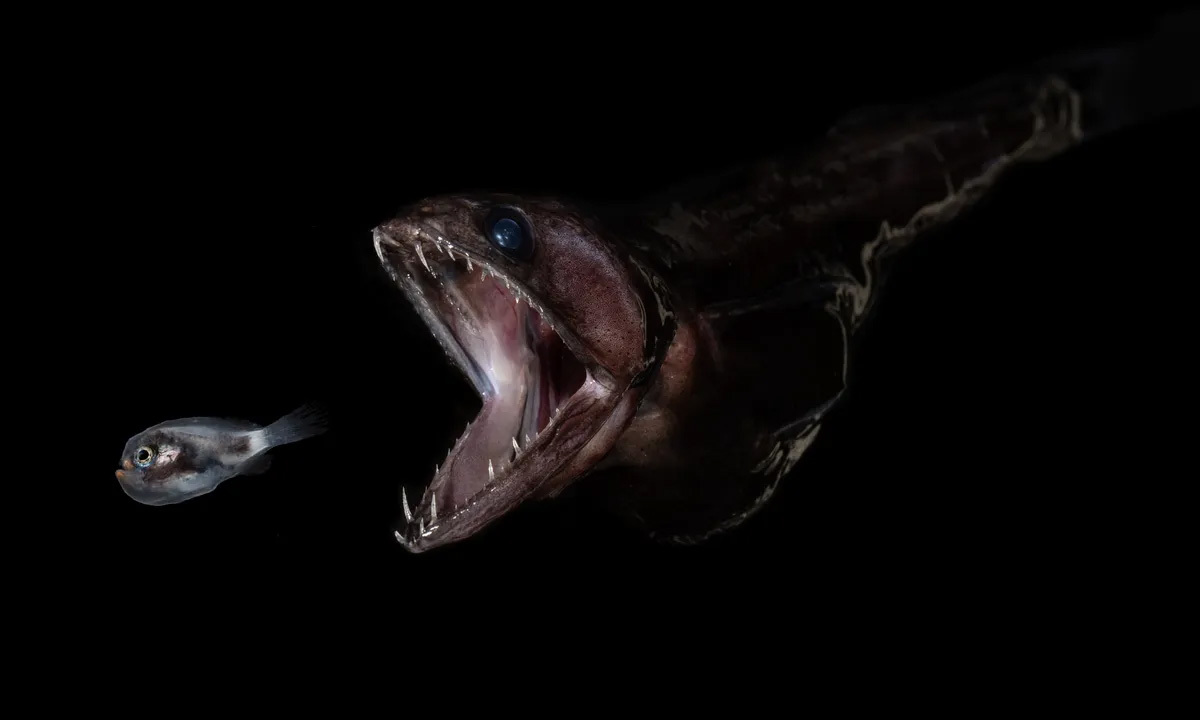

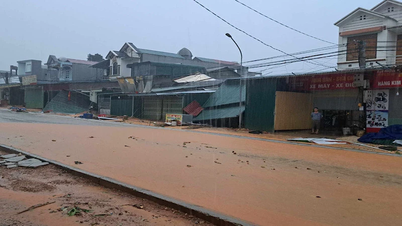



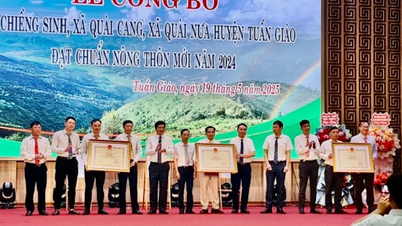
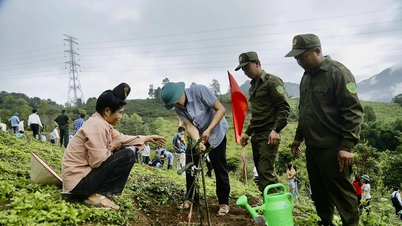





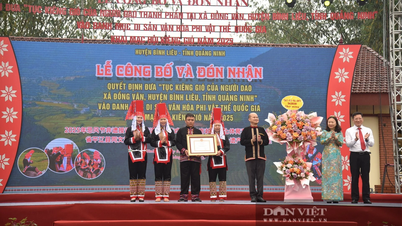
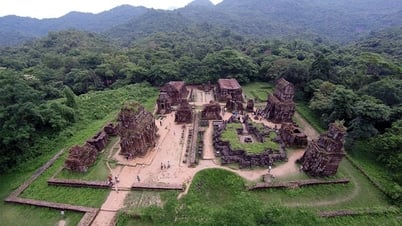
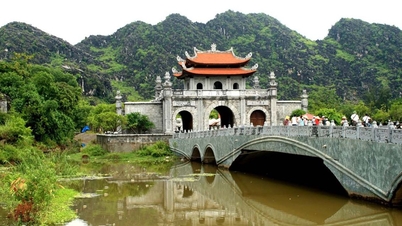
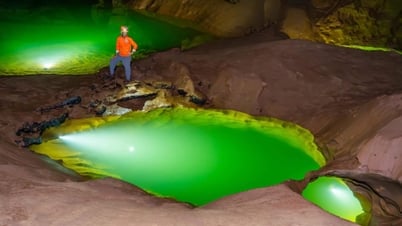


![[Photo] Prime Minister Pham Minh Chinh inspects the progress of the National Exhibition and Fair Center project](https://vphoto.vietnam.vn/thumb/1200x675/vietnam/resource/IMAGE/2025/5/19/35189ac8807140d897ad2b7d2583fbae)
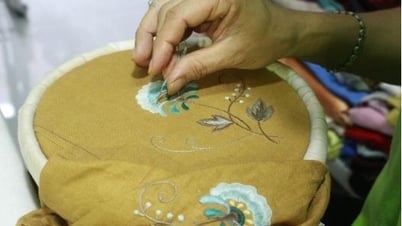








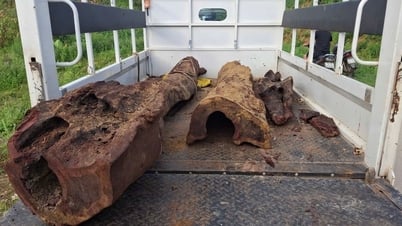









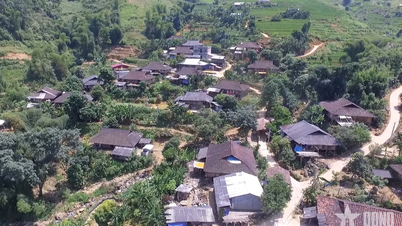





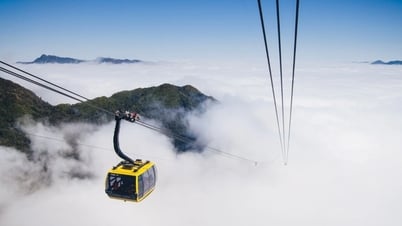




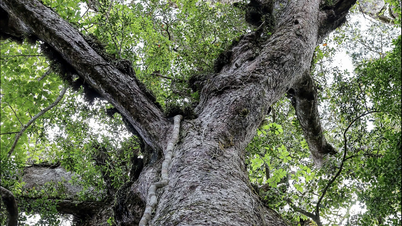

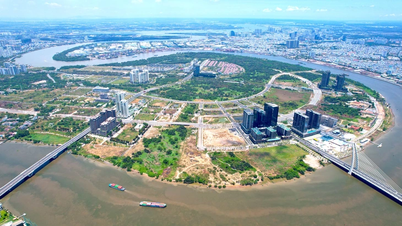
















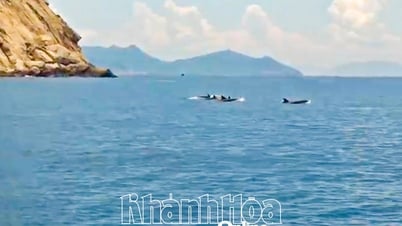






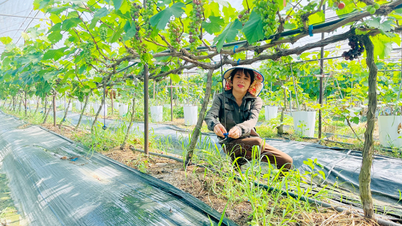



![[VIDEO] - Enhancing the value of Quang Nam OCOP products through trade connections](https://vphoto.vietnam.vn/thumb/402x226/vietnam/resource/IMAGE/2025/5/17/5be5b5fff1f14914986fad159097a677)





Comment (0)